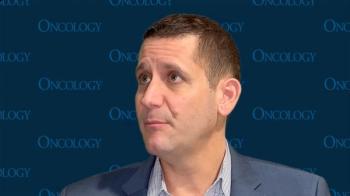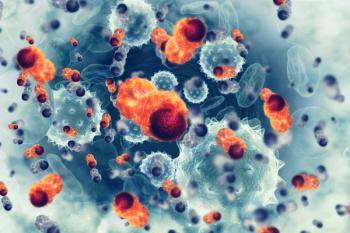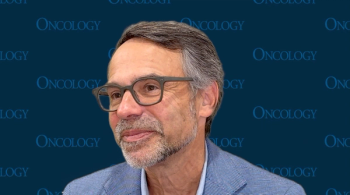
Radiologic Assessment May Be Used Before First Line Therapy for mccRCC
A review of patients with metastatic clear cell renal cell carcinoma shows radiological tumor burden as an independent prognostic factor for survival.
During the 2024 Kidney Cancer Research Summit, a retrospective analysis of radiological tumor burden in patients with metastatic clear cell renal cell carcinoma (mccRCC) to clinical practices was presented by Rashad Nawfal, MD.
CancerNetwork® spoke with Nawfal, a postdoctoral research fellow at the Dana-Farber Cancer Institute, about the relative ease associated with the calculation of radiological tumor burden in a preclinical setting for patients with mccRCC. He stressed the desire to conduct a clinical trial to validate the findings present in the retrospective analysis. He concluded that radiological tumor burden, if shown to have a good prognostic role and if it was easily calculable, could be used in pre-first-line immunotherapy (IO) assessment.
The retrospective analysis trial reviewed data from with mccRCC treated with at least 1 dose of an IO-based regimen at the Dana-Farber Cancer Institute between August 2014 and October 2023, of which 150 patients were selected in the final analysis set. Baseline radiological tumor burden was assessed by 1 operator and was reported as the sum of all measurable lesions.
The primary end point was overall survival (OS), and the secondary end points were time to treatment failure (TTTF) and time to next therapy (TTNT). Univariable and multivariable Cox regression analyses were used to evaluate baseline radiological tumor burden on OS, TTTF, and TTNT.
Results showed that a 1 cm increase of baseline radiological tumor burden was associated with a 5% increase of death (HR, 1.05; 95% CI, 1.03-1.08; P = 0.0001) on multivariate analysis. Tertiles for baseline radiological tumor burden were categorized by: tertile 1 at 0 to 7.5 cm, tertile 2 at 7.6 to 15.3 cm, and tertile 3 at 15.4 to 47.7 cm. The 4-year OS estimates for each tertile were 84% (95% CI, 74-97%), 60% (95% CI, 45-81%), and 43% (95% CI, 29-66%), respectively (P <.0001).
Conversely, baseline radiological tumor burden was not significantly associated with TTTF (HR, 0.99; 95% CI, 0.97-1.01; P = .428) or TTNT (HR, 1.01; 95% CI, 0.99-1.03, P = .453) in the multivariate analyses.
Transcript:
The impact of [the data] in patients based on radiologic tumor burden is an easy variable to calculate. We are now aiming to validate these findings in clinical trial cohorts. Also [it helps] having multiple radiologists doing these readings to calculate inter-operator variability. If we show that it has a good prognostic role, and it's easy to calculate, then we could include that in the initial assessment before starting first-line therapy.
Reference
Nawfal R. Radiological tumor burden is an independent risk factor for survival in patients with metastatic clear cell renal cell carcinoma (mccRCC) treated with first line immunotherapy (IO)-based regimens. Presented at: 2024 Kidney Cancer Research Summit; July 11-12, 2024; Boston, Massachusetts.
Newsletter
Stay up to date on recent advances in the multidisciplinary approach to cancer.
















































































